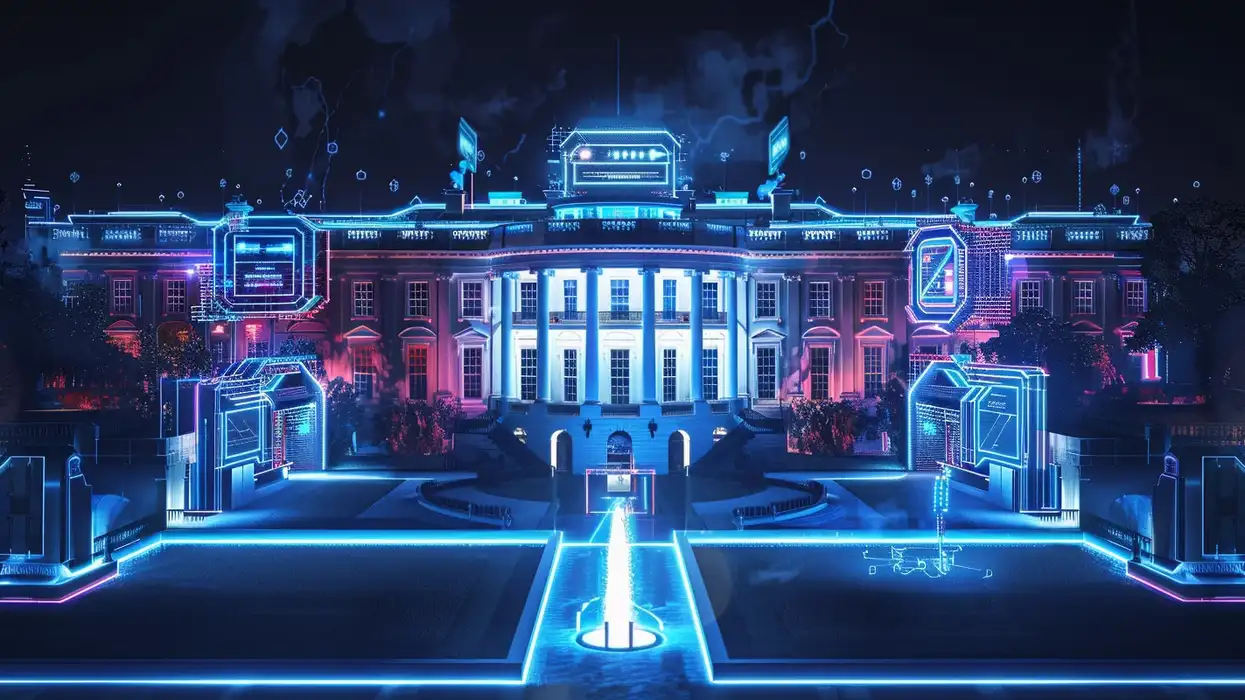What We're Watching
Trump’s plan to send migrants to Guantánamo meets first legal hurdle
On Sunday, Judge Kenneth J. Gonzales of the Federal District Court for New Mexico granted a temporary restraining order on jurisdictional grounds barring three Venezuelan men from being moved to the US military base at Guantánamo Bay.
Feb 11, 2025


